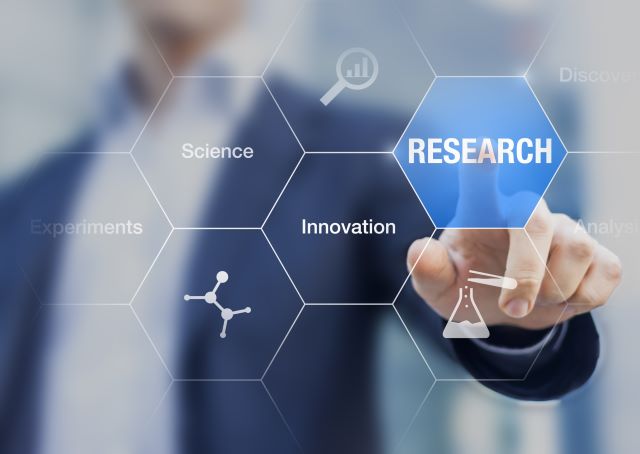
By the time you finish reading the headline, around 117,000 plastic bottles will have been used. This alarming statistic underscores the pervasive presence of plastic in our lives and raises critical questions about its impact on our health and environment.
In October 2024, Colombia’s United Nations Biodiversity Summit focused on creating a treaty to eliminate plastic pollution.
UN Secretary-General António Guterres highlighted the urgent need for solutions considering community needs, including around 20 million waste pickers.
He warned that by 2050, there could be more plastic in oceans than fish, citing the staggering production of over 460 million metric tons annually, half of which is single-use.
Guterres praised Peru and Rwanda for their initiative, which began with a proposal at the UN Environment Assembly in March 2022 to address the harmful effects of plastic pollution on health and the environment.
In December, Dr. Elaine Bearer, a distinguished UNM Department of Pathology professor and director of the neuropathology core for the University of New Mexico Alzheimer’s Disease Research Center, discovered microplastics in brain tissue samples from dementia patients.
By February 2025, research from the University of New Mexico found these particles in human brains at significantly higher concentrations than in other organs, potentially increasing by 50% over eight years.
Dr. Matthew Campen’s UNM College of Pharmacy team revealed that many detected plastics were nanoscale, two to three times the size of viruses.
Their innovative method for identifying microplastics previously documented instances in placentas and testes.
Campen speculated that microplastics might obstruct blood flow, interfere with brain connections, and could be linked to dementia.
He noted that the primary route for these particles into the body is likely through the food supply, significantly contaminated meat, as plastics accumulate in the food chain and produce cycles of biomagnification.
Despite ongoing plastic production, Campen stressed that halting it today wouldn’t resolve the issue, as existing plastics will persist for decades.
He expressed concern about plastic’s presence in our bodies, remarking that nobody is comfortable with plastic in their brains.
However, the growing awareness of plastic pollution could inspire collective action towards sustainable practices and a healthier planet.
Plastic pollution is more than just a waste management issue.
➡️ It's a climate issue.
➡️ It's a nature issue.
➡️ It's a health issue.To protect people and the planet, we must #BeatPlasticPollution.https://t.co/sqFoIrnoEg
via @UNDP pic.twitter.com/BR3svGcWux— UN Biodiversity (@UNBiodiversity) January 20, 2025
Nearly half of all plastic waste produced worldwide comes from packaging, with much of it discarded after one use. In 2023, #FaceThePlasticTruth & pledge to think twice before making any purchase: https://t.co/EOpHsMcEJn #CleanSeas #BeatPlasticPollution pic.twitter.com/Se5B2PVbRF
— UN Environment Programme (@UNEP) January 1, 2023
The U.S. Army Corps of Engineers has been tasked with…
Brown and Caldwell, a leading environmental engineering and construction firm,…
Humboldt State University, one of four campuses within the California…